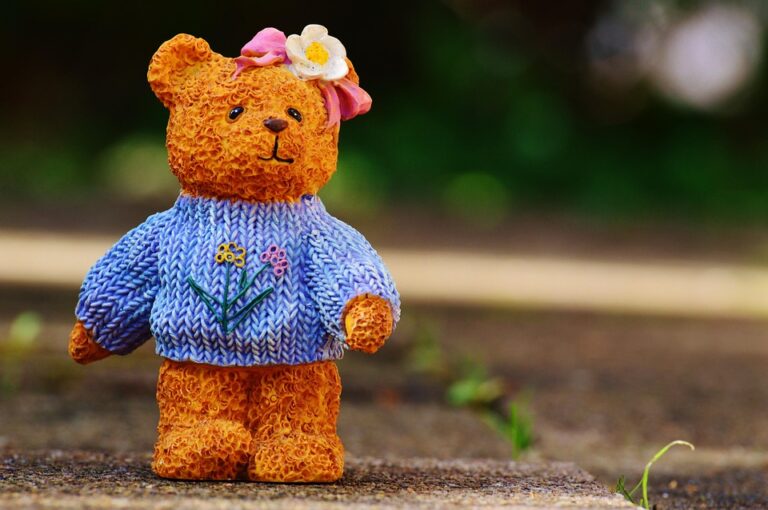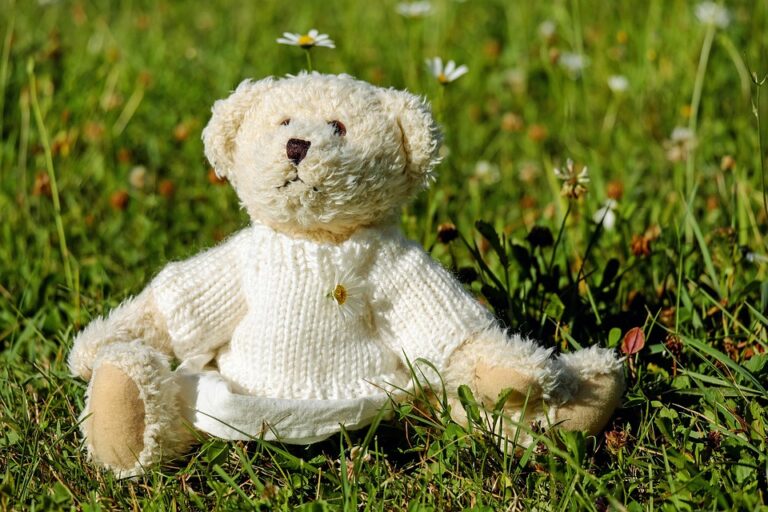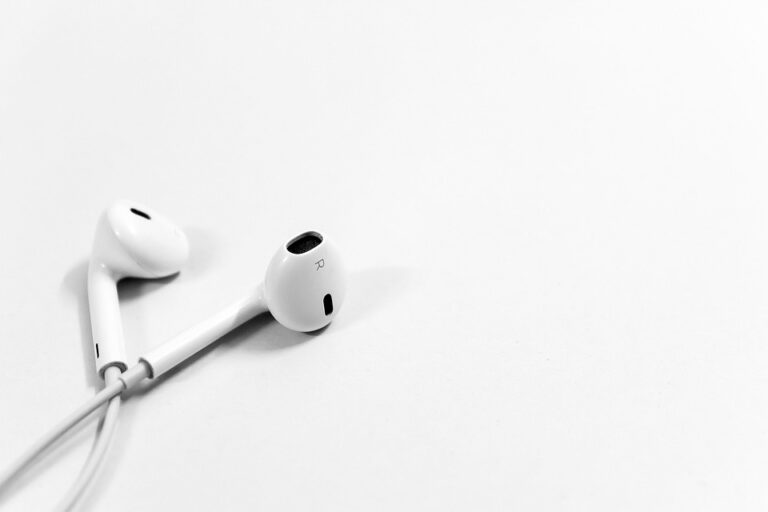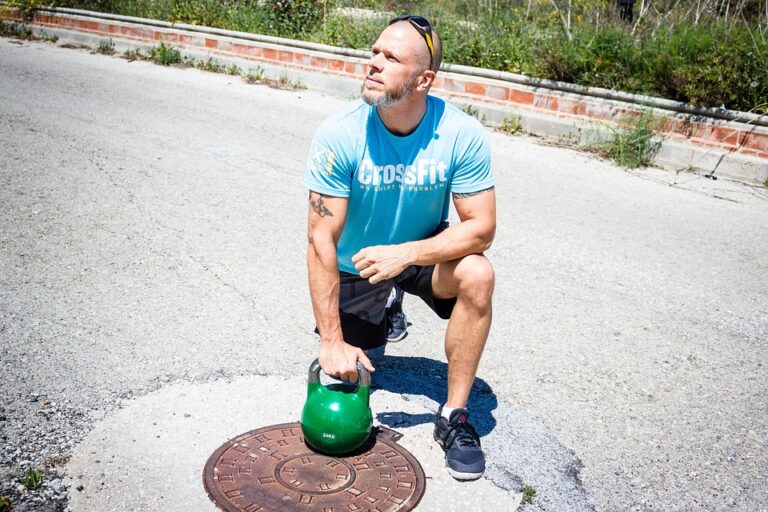
Exploring the Common Uses of Wooden Blocks: Creative Ideas for Play and Learning
Wooden blocks have long been a staple in the realm of children’s toys and educational tools. These simple yet versatile objects offer a treasure trove of possibilities, transcending the boundaries of mere play. As we delve into the myriad uses of wooden blocks, it becomes apparent that they serve as a conduit for creativity, learning, and even social interaction.
1. The Foundation of Imagination
Imagine a child, nestled in a corner with a vibrant array of wooden blocks. Each piece, a potential story waiting to be told, ignites the imagination. The beauty of wooden blocks lies in their simplicity; devoid of screens and flashing lights, they encourage children to engage in open-ended play. According to developmental psychologist Dr. Susan Johnson, “Play is essential for children’s cognitive and social development.” When children manipulate blocks, they aren’t just stacking; they are building castles, cities, and entire worlds in their minds.
2. Learning Through Play
Wooden blocks are not merely tools for imaginative play; they also serve as an engaging educational resource. The act of stacking and sorting blocks can teach fundamental concepts such as:
- Geometry: Shapes and spatial awareness come alive as children explore different configurations.
- Mathematics: Counting, addition, and subtraction become tangible when blocks are involved. For instance, “If I have three blocks and I add two more, how many do I have now?” This transforms abstract numbers into concrete objects that are easier to grasp.
- Physics: Concepts of balance and gravity are naturally introduced as children experiment with their designs, often leading to delightful (if not slightly chaotic) results.
3. Enhancing Fine Motor Skills
Manipulating wooden blocks isn’t just about creativity and education; it’s also an excellent way for children to develop their fine motor skills. As they grasp, stack, and align these blocks, they engage in activities that enhance hand-eye coordination and dexterity. Occupational therapist Maria Thompson notes, “The act of stacking helps improve coordination, which is crucial for tasks like writing and using utensils.”
4. Fostering Social Interaction
Playtime with wooden blocks can also be a social affair. Whether collaborating with peers to build a tower or engaging in friendly competition to see who can create the tallest structure, these blocks encourage teamwork and communication. Children learn to share, negotiate, and resolve conflicts, laying the groundwork for critical social skills. A study published in the Journal of Child Development highlights that collaborative block play can significantly enhance children’s ability to work together and communicate effectively.
5. Beyond the Basics: Innovative Uses
While traditional stacking and building are delightful, there are countless innovative ways to incorporate wooden blocks into daily activities. Here are a few inspiring ideas:
- Art Projects: Use wooden blocks as canvases for painting, allowing children to express their artistic flair.
- Storytelling Aids: Stack blocks in various configurations to serve as props in storytelling sessions, blending creativity with literacy.
- Mindfulness Activities: Encourage children to focus on the textures and weights of the blocks as a form of mindfulness, promoting emotional well-being in an increasingly fast-paced world.
As we reflect on the multifaceted uses of wooden blocks, it’s clear that they are more than just toys. They are instruments of exploration, creativity, and learning—a perfect blend of fun and education that can captivate the hearts and minds of children for generations.
In a world filled with fleeting trends, the humble wooden block remains a timeless treasure. BargainsTrust continues to bring you curated information on a variety of wonderful products that enhance the joy of play and learning.






